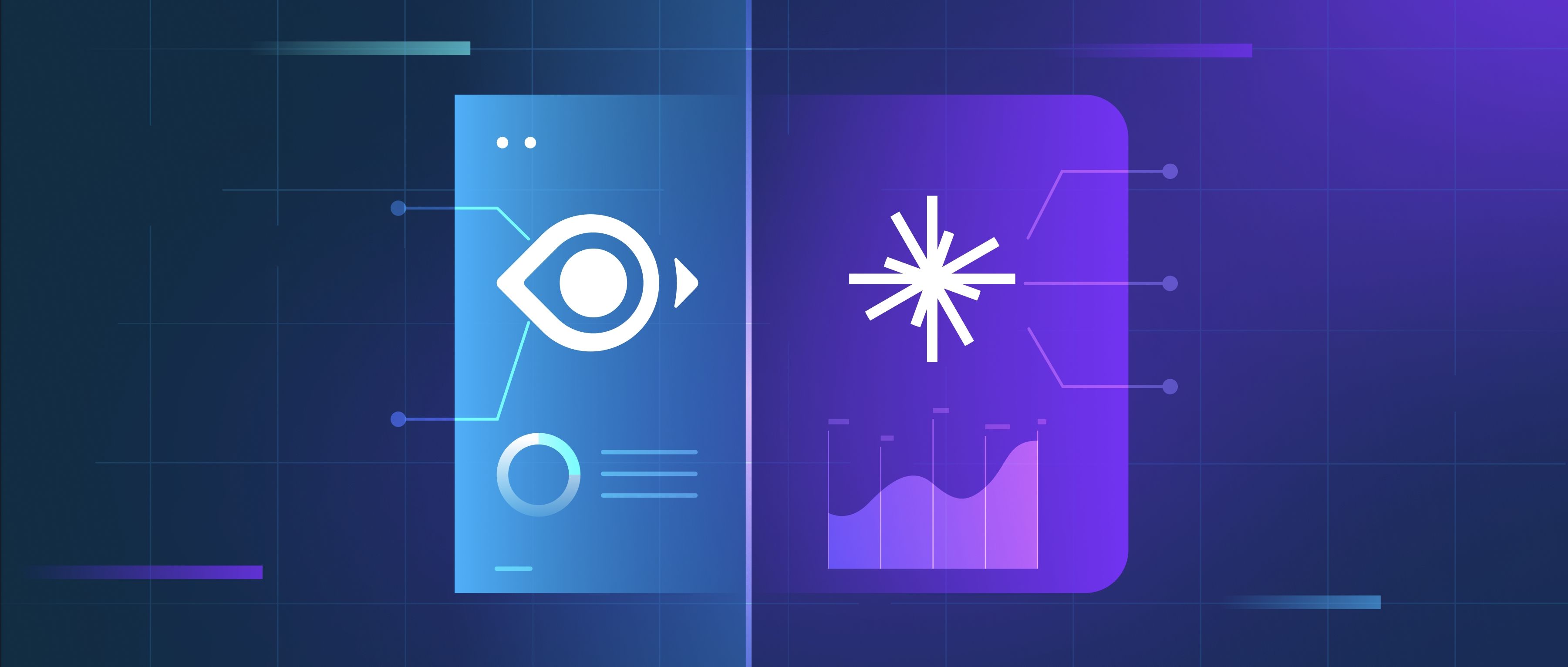Open-source software significantly impacts legacy systems by providing alternatives for upgrading, enhancing, or replacing outdated components. Many legacy systems rely on proprietary software, which can be expensive and difficult to maintain. Open-source solutions allow developers to access the source code, enabling them to modify, customize, or extend functionalities without being locked into a single vendor. This flexibility can lead to more efficient processes and reduced costs in maintaining legacy systems.
One common scenario where open-source benefits legacy systems is through integration. Developers can use open-source tools to bridge gaps between old architectures and modern systems. For instance, if a legacy application is built on outdated technology, integrating open-source middleware can facilitate communication with newer applications or data sources. An example is using Apache Kafka as a message broker to connect older systems with modern data pipelines, enabling better data flow without needing to overhaul everything at once.
Additionally, open-source communities can foster support and innovation for legacy systems. Since many open-source projects have active communities, developers can easily find resources, forums, and documentation to help tackle challenges related to their legacy systems. An example here is adopting Linux-based operating systems for servers that run legacy applications. With a strong community behind Linux, developers benefit from shared knowledge and continuous improvements to security and performance, helping maintain the stability of their systems while gradually phasing out obsolete components. Overall, open-source acts as a practical bridge for developers managing legacy systems, enhancing capabilities and reducing constraints.
